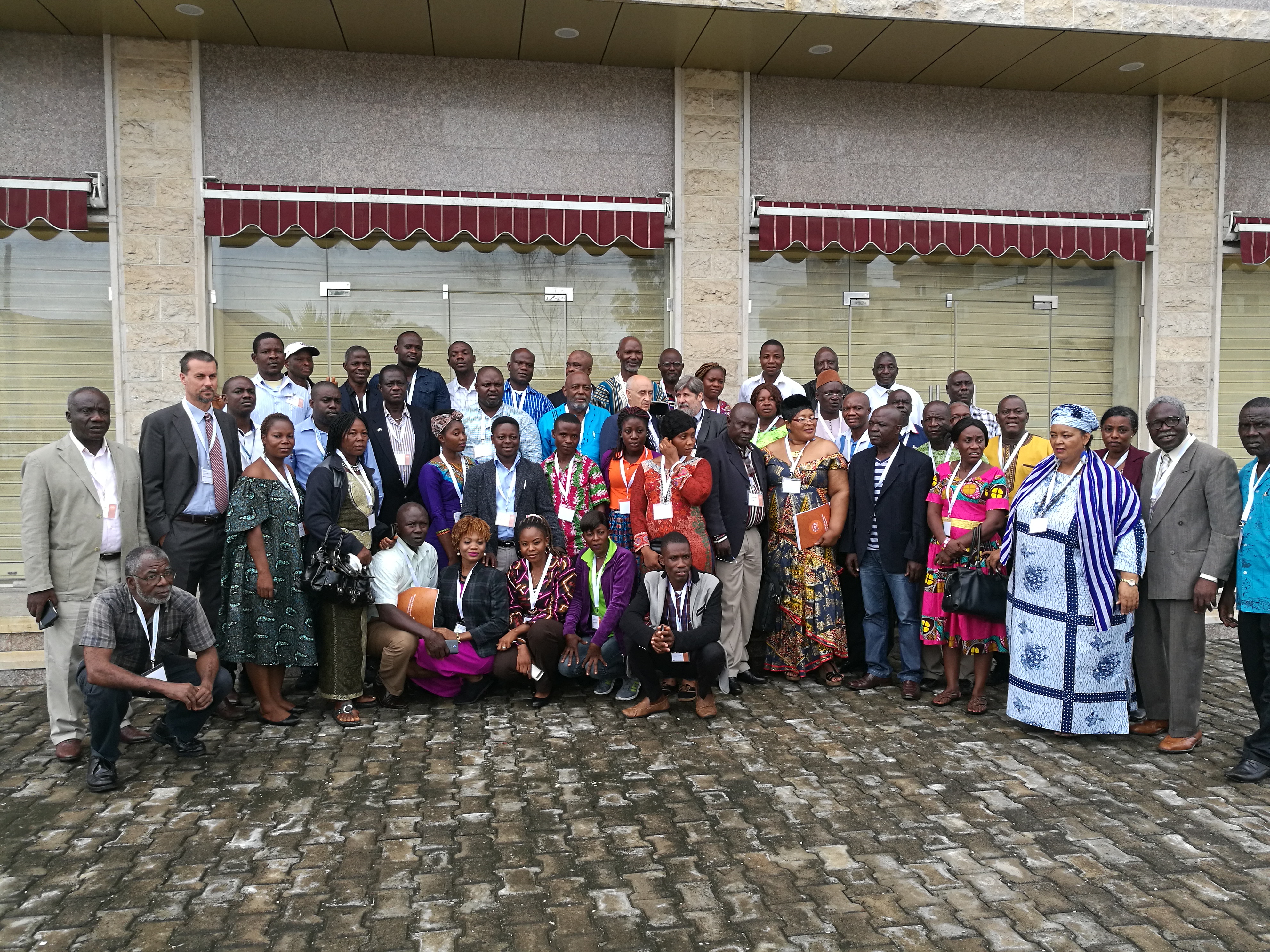On the 14th of June 2017, PARM in collaboration with the Ministry of Agriculture and NEPAD successfully delivered the Agriculture Risk Assessment Workshop (RAS) in Liberia. The preliminary results of the study were presented to the several stakeholders in Liberia.
The main objective of the RAS Workshop on Agricultural Risk Management jointly organized by PARM, the Ministry of Agriculture and NEPAD was the presentation and discussions of the RAS study. It was expected to identify the most relevant agriculture risks affecting both farmers and other stakeholders, to define related transformation deliverables, and to guide future decisions about national strategies and programs/investments. The workshop aimed as well to assess the preliminary findings of the RAS study by soliciting inputs from national experts at country level in order to determine its substance and appropriateness, and where possible, provide comments and suggestions to further enrich the report. More specifically the workshop aimed to:
- Present to the participants the holistic approach to agricultural risk management proposed by PARM-NEPAD;
- Present, validate and consolidate the results of the agricultural risk assessment study carried out in Liberia;
- Identify national strategic reference documents to integrate the results of the agricultural risk assessment; including the LASIP (Liberia Agriculture Sector Investment Program)/ NAIP II (National Agriculture Investment Program. 2010-2020): A long-term program (2020) that seeks to transform Liberian agriculture and maximize the sector’s contribution to economic growth, employment and income generation, food and nutrition security and poverty reduction.
- Share some agricultural risk management tools / initiatives developed by national and international stakeholders active in the field of ARM.
The study has revealed that the highest risk to be tackled for the agricultural development in Liberia are: 1) post-harvest losses; 2) crop pest and diseases; 3) erratic rain (floods and drought); 4) livestock pest and diseases; 5) price risk; 6) politic risk; 7) wind storm; and 8) inputs counterfeit.
